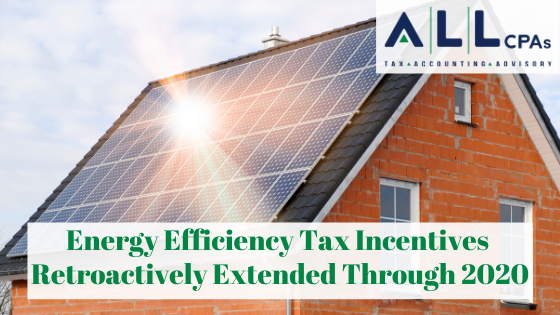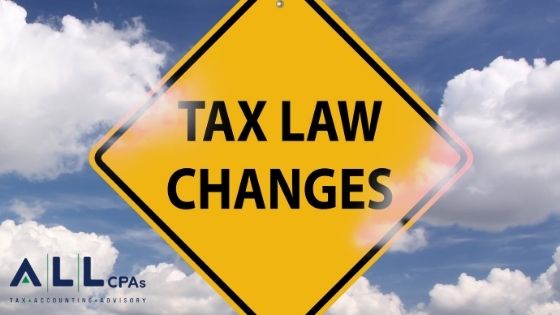
Green building projects received a boost from the $1.4 trillion tax extender federal spending bill signed into law in December 2019. Several tax provisions that had expired at the end of 2017 were extended through the end of 2020. These include Section 179D energy efficiency tax deductions for commercial buildings and government buildings and Section 45L energy tax credits for residential and multifamily homes.
Section 179D
The Energy-Efficient Commercial Buildings Tax Deduction (Section 179D) applies to newly constructed buildings and improvements to existing buildings that meet or exceed certain energy reduction requirements. The deduction can be claimed by building owners of commercial or multifamily properties, tenants making energy savings improvements and architects, designers and engineers of government buildings.
- Unlike most tax deductions that are based on the amount spent, Section 179D is based on affected square footage for the energy-efficient improvements. Section 179D provides for a tax deduction of up to $1.80/square foot for energy-efficient commercial building property (EECBP) that is put into service during the applicable tax year. The deduction provides the most benefit for buildings that are 25,000 square feet or larger.
- Typical energy saving improvements may include lighting, heating, and air conditioning (HVAC) systems and building envelope components.
- For federal, state and local government buildings, those companies responsible for the energy saving system’s design or installation can take advantage of the deduction.
- In addition to building owners, other project participants such as designers, architects, engineers, contractors, environmental consultants and energy services providers may be eligible to share in the tax incentive on an energy saving project.
Section 45L
Eligible homebuilders, contractors and multifamily developers who are building energy-efficient homes can claim a tax credit of either $1,000 or $2,000. The credit applies to the construction of apartment buildings, assisted living facilities, affordable housing, home developments, residential condominiums and student housing as well as to substantial reconstruction or rehabilitation projects.
- The $1,000 credit applies to homes that meet the Energy Star® requirements or demonstrate annual heating and cooling energy consumption that is at least 30% less than comparable dwellings and for which building envelope components create at least one-third of the 30% reduction.
- The $2,000 credit is for homes with annual heating and cooling energy consumption that is at least 50% below comparable dwellings and for which building envelope components create at least one-fifth of the 50% reduction. Homes that conform to the Federal Manufactured Home Construction and Safety Standards and meet the 50% requirement also qualify for the $2,000 tax credit.
Section 179D and Section 45L tax incentives apply retroactively to properties placed in service after December 31, 2017, and they extend through December 31, 2020. To apply these tax incentives for properties built in 2018, you may need to file an amended 2018 tax return.
Questions? Please contact your ALL tax advisor or call us at 617-738-5200.
Recent Articles
Rising Construction Costs from COVID-19 Lead to New Bidding Approaches
Like other essential industries, t [...]
Nexus Requires Compliance and Begins by Filing Tax Returns
“Nexus” may sound like the name of [...]
The Impact You May See from the Build Back Better Act’s Tax Changes
The Build Back Better Act came und [...]




